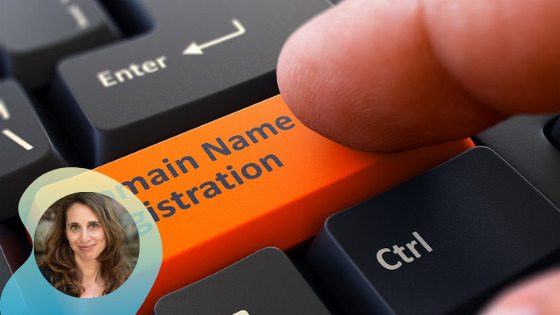Retailers venturing into the world of ecommerce for the first time in 2020 may have started by selling on social media or a business aggregator’s site. It is relatively easy to set up a storefront on these platforms, and small retailers also gain the advantage of getting their brands and products in front of enormous audiences. For example, a neighborhood shop could potentially sell to Amazon’s 148+ million Prime members or Facebook’s 188 billion daily users. However, retailers shouldn’t limit their digital presence to these “walled gardens” if they want to ensure maximum growth or business continuity.
Social media platforms and business aggregator sites often limit visibility of posts and pages, making retailers nearly totally reliant on paid promotion. Also, platform use can wax and wane, and you don’t want to count on one particular site to sustain your business. You need more control to ensure your customers can continue finding you and engaging with you, even if a platform is acquired or decreases in popularity.
A better strategy is to build your digital presence through multiple channels, including registering your own domain name and partnering with walled garden sites. With a multifaceted plan, you can reach the most people in your audience, keep your brand in front of users in various places they frequent, collect customer data that you control, and always have the ability to point them back to your website if other channels change.
The Foundation of a Website Built for Business Continuity
It can be intimidating for a long-time brick-and-mortar retailer to build a digital presence, but you can translate some principles of establishing a successful business in the physical world to doing business online. For example:
Name recognition: You need to register a domain name before you can build your website, so it’s vital to choose an easy-to-remember name that people will immediately connect with your business. A descriptive domain name foregoes .com for top-level domains such as “.toys,” “.discount,” or “.boutique.” When prospective customers see your descriptive domain in search results, it’s easy for them to know exactly who you are and what you do — making your result more “clickable.” You can also use a descriptive domain to redirect traffic directly to your YouTube channel or social media page to help your customers find the specific information they’re looking for.
Location: You aren’t constructing a store on a busy street corner or choosing a storefront at the intersection of two walkways in a mall, but you need to make sure your website is visible where your customers are. When people use a search engine to find retailers in your area or for the specific products you sell, make sure your website appears in search engine results by implementing search engine optimization (SEO) and local SEO best practices.
Convenience: You always want to make shopping as easy as possible for customers, no matter how they choose to shop. Bear in mind that more than half of all ecommerce is expected to occur on mobile devices, so it’s necessary to make your website mobile-responsive and easy for smartphone users to navigate. Also, don’t overlook essentials like adequate web hosting, keeping the site updated with product availability and streamlined payment processes. Your customers want shopping experiences that take as little time as possible.
Traffic: Just as increased foot traffic helps with in-store sales, increased web traffic will grow your business online. Promote your website, create urgency with online specials and try cross-promotions with other companies.
Be Ready for Anything
The pandemic is proof positive that retailers have to be ready for anything — including total disruption to in-person shopping — to ensure business continuity. In 2020, businesses did whatever they could to stay operational; however, now it’s time to refine your strategy for newly digital consumers who will expect to have the ability to engage with your business through both physical and digital channels.
Retailers serious about keeping customers engaged and revenues flowing — as well as maintaining their slice of market share — must also be serious about establishing a strong digital footprint to meet that demand, and always to let customers know you’re open for business.
Mina Neuberg is Donut’s Chief Marketing Officer. She brings expertise in consumer understanding, brand strategy and data-driven storytelling. Prior to Donuts, Neuberg was the Chief Marketing Officer at Revolution Math, a live online math enrichment program. She has also served as the VP of Marketing, Consumer Insights and Creative at BAMKO, a product development company, and VP of Strategy at Bovitz, a market research firm. Neuberg holds an MBA from the Anderson School at UCLA and also a BA from UCLA.




